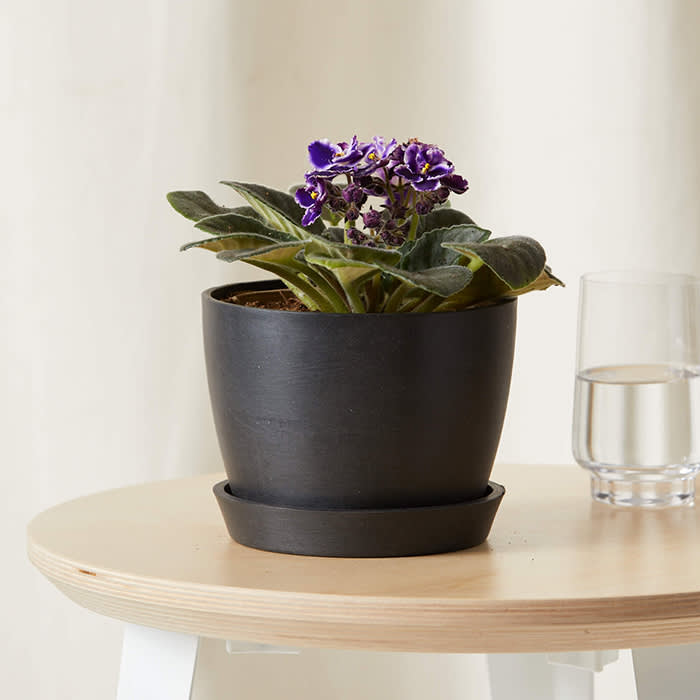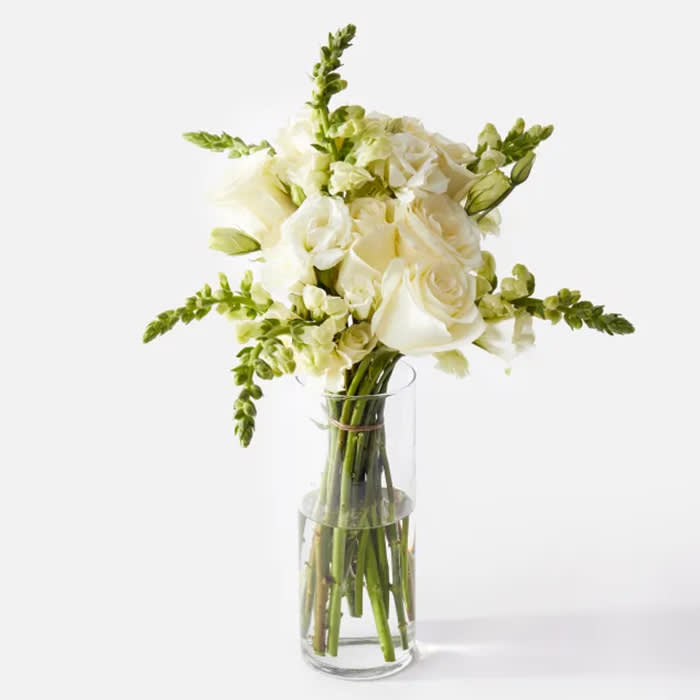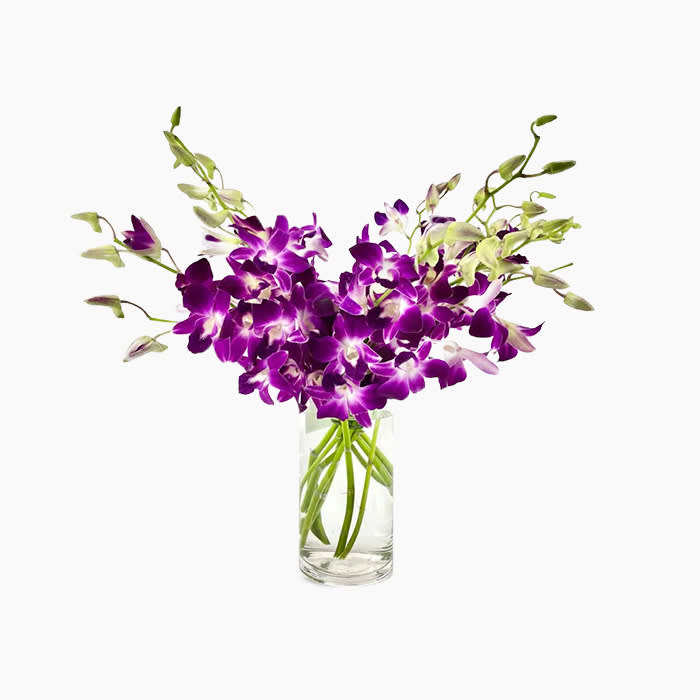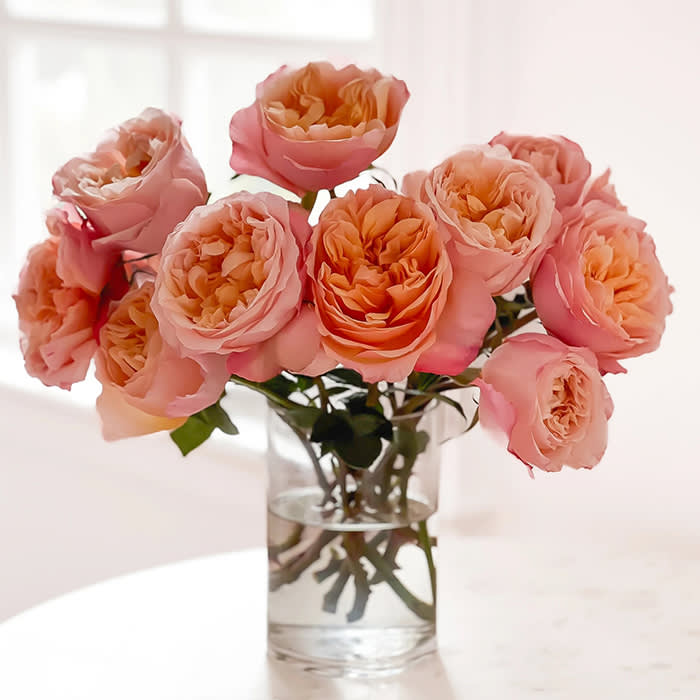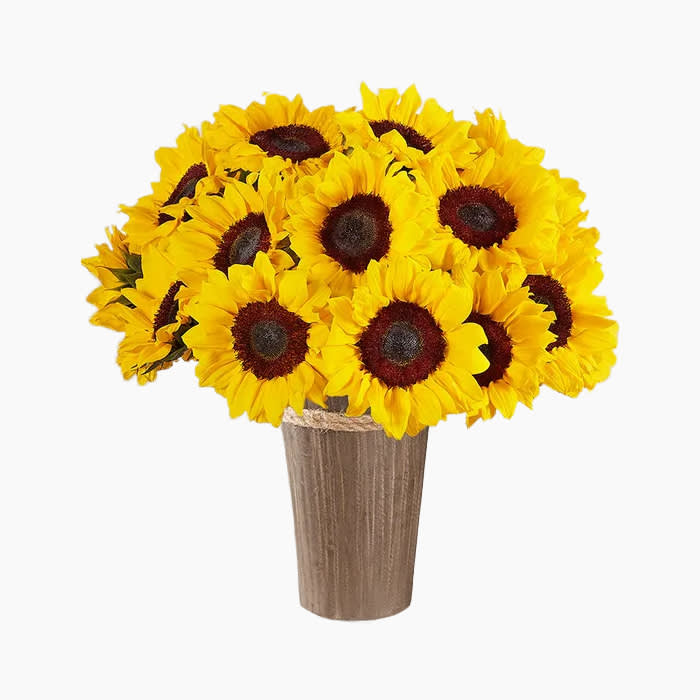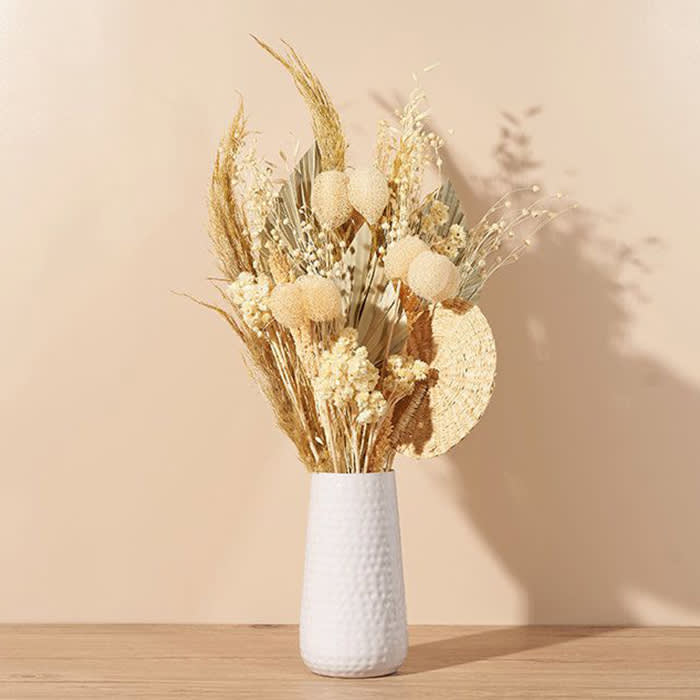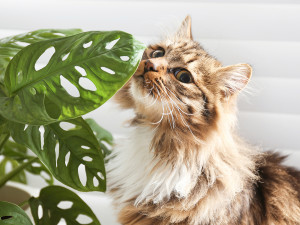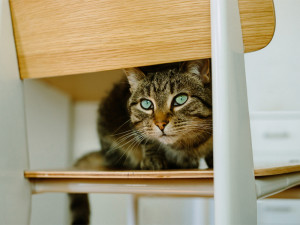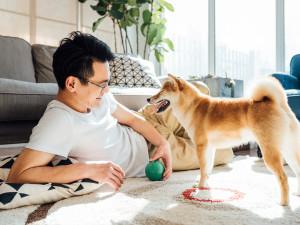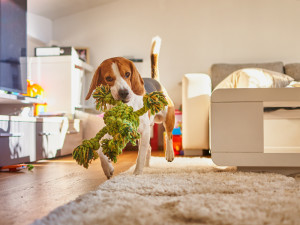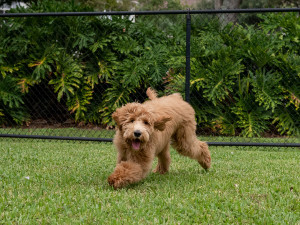9 Pet-Safe Flower Bouquets For Mother’s Day
These stems are sure to make Mom smile (and avoid a trip to the pet ER).

Share Article
People have been dabbling in floristry as far back as 2800 BCE, when Ancient Egyptians arranged violets, jasmine, and narcissus in vases and baskets. Floral arrangement aesthetics have been in a constant state of growth across the world, from Japan’s minimalist Ikebana style to the loud purples and pinks of the American Victorian period. It may be a coincidence that Mother’s Day falls in May, when the most vibrant flowers bloom (that’s a history lesson for another day), but it is pretty great timing, considering gifting a bouquet is as classic as it gets.
But for as long as people have been arranging flowers, our pets have been chewing on them. Maybe your dog wants to add a little cronch to their chicken dinner or your cat is jealous that the vase has the prime sunny spot on the window sill. Unfortunately, there are tons of flowers that are toxic to dogsopens in a new tab and downright deadly to catsopens in a new tab. So as you shop for the perfect arrangement for Mom, keep her pet in mind, too. Don’t stress — we’ve got you covered. Below, nine bouquets that we cross-referenced with the ASPCA’s extensive database of Toxic and Non-Toxic Plantsopens in a new tab to guarantee their safety. Bonus: They’ll all arrive in time for Mother’s Day.

Get (totally free) deals for food, treats, accessories, tech, and way more pet parenting must-haves.
opens in a new tabThe Best Pet-Safe Flower Bouquets Online
How to Keep a Bouquet Looking Fresh
Once your bouquet arrives, you’ll want to take a few steps to ensure that the flowers stay fresh for as long as possible. First, keep in mind that your bouquet may arrive with a few unopened buds — don’t worry, that’s normal. It can take up to three days for the blossoms to reach their full glory, but some might take longer. (Most of the companies on this list will specify how many days it may take for the blossoms to open.) With that in mind, here are some tips to ensure that they last:
After you’ve unwrapped your bouquet, trim the stems at a 45-degree angle, which will help them efficiently absorb water. Remove any leaves that will be submerged below the waterline.
Place the flowers in a vase of lukewarm water, and add flower food (most bouquets will come with a packet).
Trim the ends of your flowers every few days, and change the water daily with cold water. If you run out of flower food, you can DIY it by adding 2 tablespoons of fresh lemon or lime juice, 1 tablespoon sugar, and ½ tablespoon bleach to a quart of lukewarm water. Last, but not least, keep the vase in indirect sunlight to prevent burning.
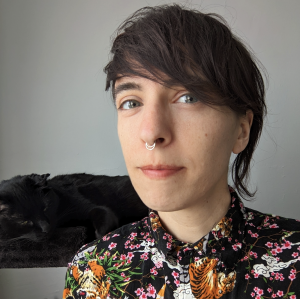
Kat L. Smith
Kat L. Smith is a writer and editor based in Queens, New York. They have written for LIVEKINDLY about a wide range of topics related to sustainability, lifestyle, house plant care, and food. They share their apartment with their adopted dog, Layla, and Vivi, a one-eared cat.
Related articles
![cat sniffing a plant]() opens in a new tab
opens in a new tabHousehold Plants That Are Toxic to Cats
These plants might be beautiful, but they’re deadly to feline foragers.
![Cat sitting on a kitchen chair, looking at the camera]() opens in a new tab
opens in a new tabHow to Cat-Proof Your House
Ten steps for keeping your cat out of trouble.
![Dog sitting on a couch in a living room with plants]() opens in a new tab
opens in a new tab5 Plants That Are Toxic to Your Dog
Thriving plants are spring’s whole thing—but these offenders can be perilous to pets.
![Young Woman Working From Home with Her Dog]() opens in a new tab
opens in a new tabThe 10 Best Non-Toxic House Plants for Dogs
Brb, running out to buy air plants and succulents.
![Man laying on floor playing with dog]() opens in a new tab
opens in a new tabHow to Puppy Proof Your Home
Is your home a danger zone for a new dog? Follow these pro tips.
![Beagle dog fetching a green rope in a dog-proofed living room.]() opens in a new tab
opens in a new tabHow to Dog-Proof Your Home
Our room-to-room guide to get your house in dog-safe shape.
![goldendoodle puppy playing in grass in yard]() opens in a new tab
opens in a new tabThe Dirt on Dog-Proofing Your Yard
10 steps to a safe outdoor space. Landscaper not required.

